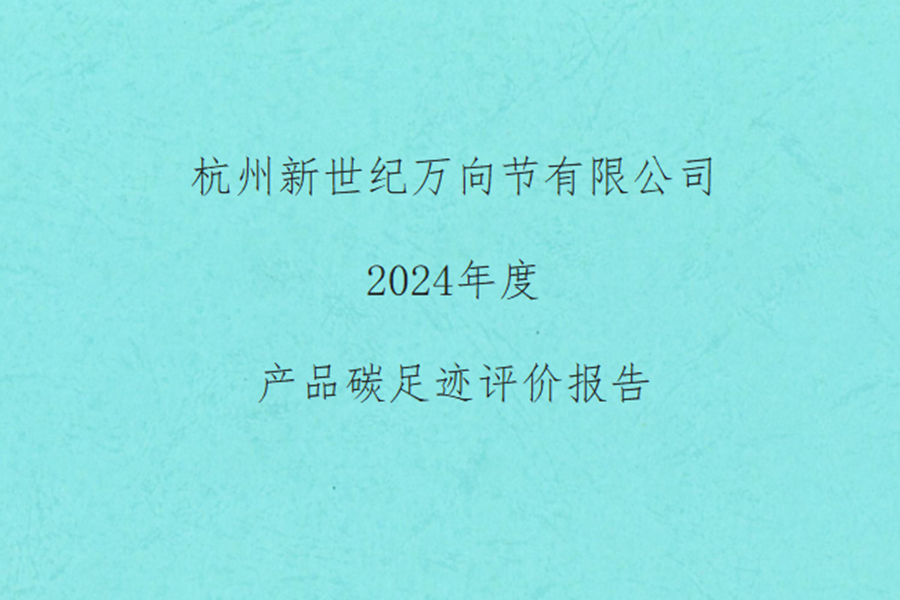There are many types of custom universal joints, one of which is a rigid universal joint. This universal joint refers to a universal joint that has no obvious elasticity in the torsional direction. It can be divided into constant velocity universal joint, quasi constant velocity universal joint and unequal velocity universal joint.
- Constant velocity universal joint refers to a universal joint whose output shaft and input shaft connected to the universal joint transmit motion at an always equal instantaneous angular velocity. It is divided into a ball fork type constant velocity joint, which is a universal joint composed of a ball fork with a raceway and a steel ball; a ball cage type constant velocity universal joint, of which the telescopic type ball cage type universal joint The structural feature is that a cylindrical straight groove is formed on the inner wall of the cylindrical shell and the outer part of the star sleeve, and a steel ball is installed in the raceway formed after the two are assembled. This structure allows the star sleeve and the simple shell to move relatively in the axial direction.
- Quasi-constant universal joints refer to universal joints that transmit motion at equal instantaneous angular velocities at a design angle, and at approximately equal instantaneous angular velocities at other angles. It is divided into double-type quasi-constant universal joint, convex type quasi-constant universal joint, three-pin shaft quasi-constant universal joint and spherical roller type quasi-constant universal joint
- Unequal velocity universal joint refers to a universal joint whose output shaft and input shaft transmit motion at a changing instantaneous angular velocity ratio when the angle between the two shafts of the universal joint is greater than zero, but the average angular velocity is equal. The most important one is the rigid universal joint with cross shaft.They are composed of universal joint forks, cross shafts, needle bearings, oil seals, sleeves, bearing caps and other parts. The working principle of the universal joint of the cross shaft is that one of the rotating forks drives the other fork to rotate through the cross shaft, and at the same time it can swing in any direction around the center of the cross shaft. The needle rollers in the needle roller bearings can rotate during rotation to reduce friction. Working at an angle between the input and output shafts, the angular velocity of the two shafts of the universal joint cross is unequal, and therefore will cause torsional vibration of the output shaft and the transmission components connected to it, which will affect these Component life.
 Jiefang village,GuaLi town,Xiaoshan District, Hangzhou City, Zhejiang, China
Jiefang village,GuaLi town,Xiaoshan District, Hangzhou City, Zhejiang, China
 0086-571-82539827
0086-571-82539827 





